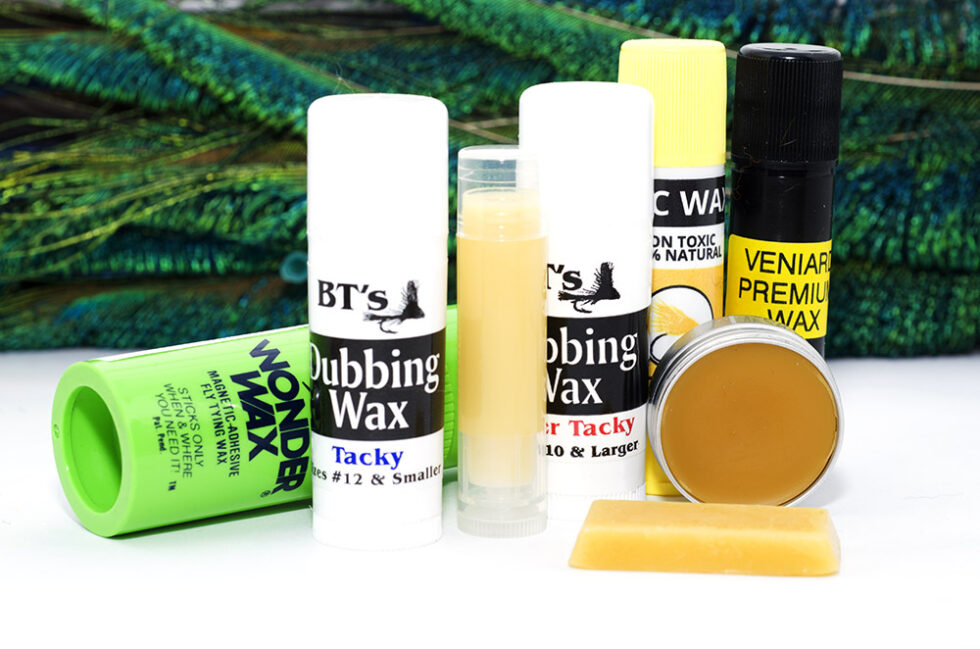
Do you know how many types of wax are used by tiers? Wax is like music, a matter of taste. Some like it to be sticky, others to be hard, others to be soft and apply it with their fingers. Others hate to have excess wax because it would spoil the shape or color of the fly.
The wax has two main roles:
- to provide adhesion to the thread when adding materials and
- to help add dubbing to the thread.
- to avoid slipping of thread or added materials
- to be able to make external bodies from dubbing that are elastic and waterproof
A side effect is that it colors the thread and changes the final color of the fly. And another side effect, not to be ignored, is that it increases the degree of impermeability.
Hard wax is used specifically to increase thread adhesion. It would be correct to call it thread wax. There are very fine threads that when used slide on materials. For example Kevlar and GSP behave like this. But with a stroke of wax over the thread, everything changes.
Some thread manufacturers understood the importance of wax and produced special thread dedicated to fly tying with a wax treatment: Uni Canada with its famous threads Uni Thread waxed.
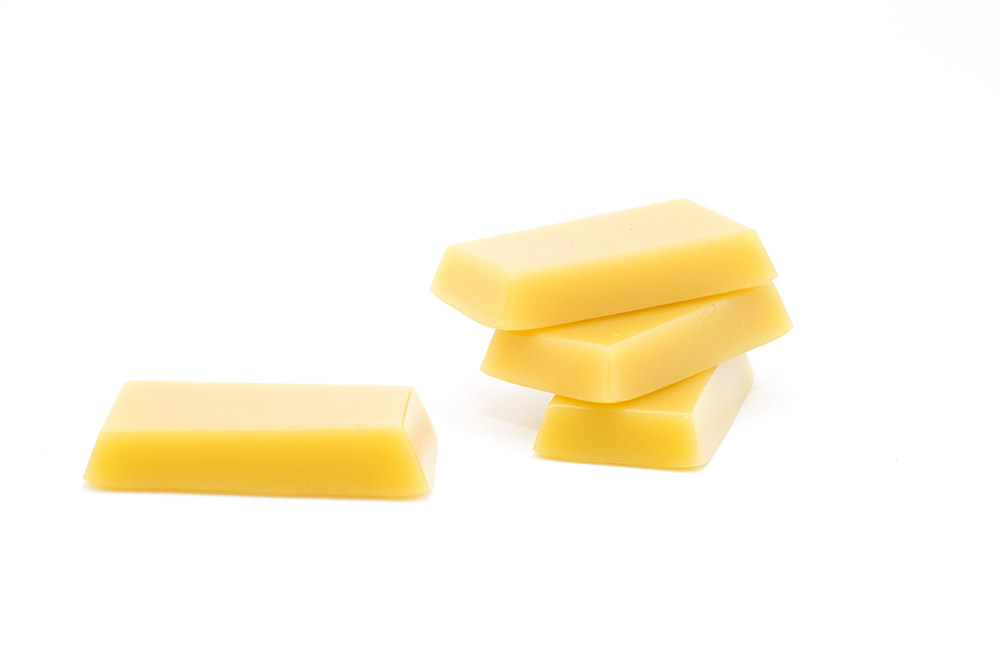
Sticky Wax is a type of soft wax is used to work more easily with dubbing. It loads more the tying thread with wax and dubbing is added very easily. Beginners can load with too much wax and the final result is not exactly the desired one.
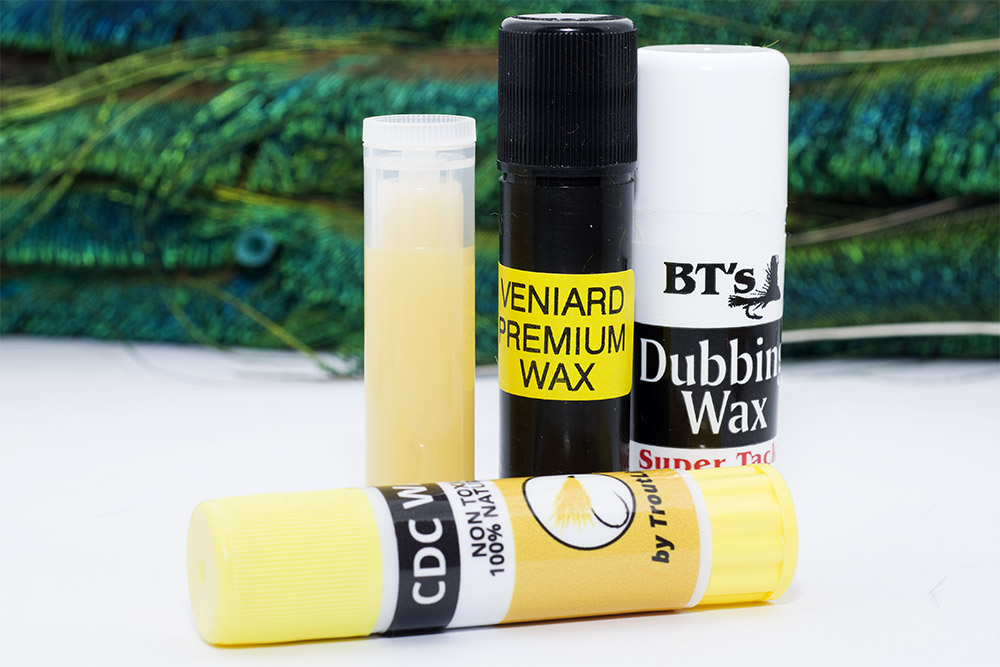
Finger Wax or Soft Wax it is a type of wax that is soft without being very sticky. It is especially used to apply on the thread directly with the fingers. It is excellent for making external bodies that are also waterproof. It is not a very popular wax because many do not know how to use it correctly.
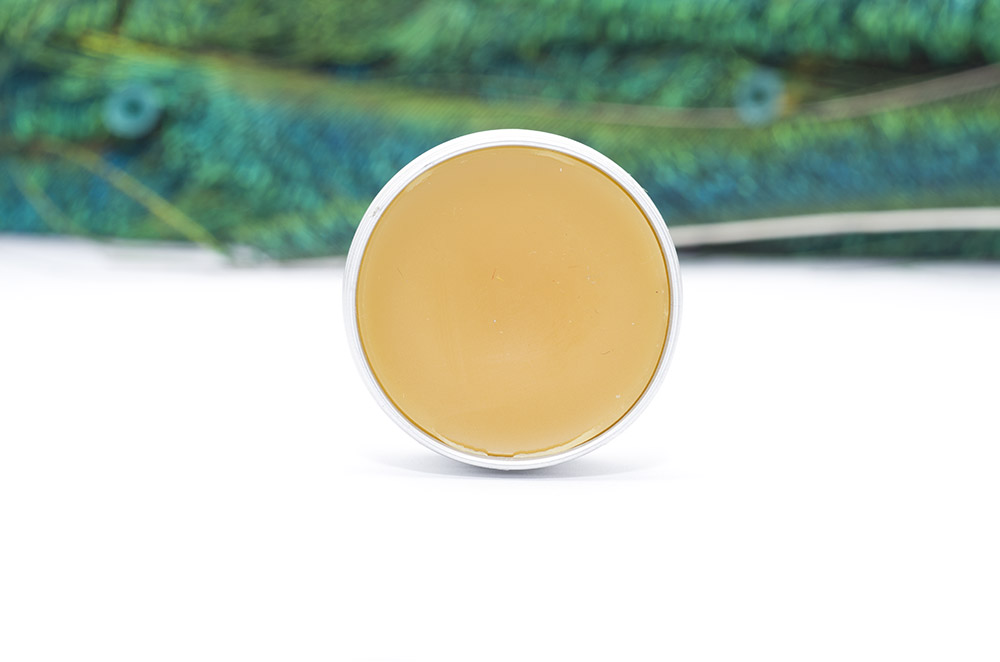
Wax ( both hard and dubbing types) has a small disadvantage, it is thermally sensitive. That is, when it is cold it becomes hard as a stone and less sticky, when it is warm, it softens a little and becomes more sticky. So if it’s winter and it’s cold in your dressing room, it’s good to keep the wax in your hand, it will heat up easily and it will be even easier to use.
For those tiers who cannot find their favorite type of wax, they can prepare it as they wish. They must mix beeswax, rosin and oil or natural fats like lard. The Rosin gives stickiness and the wax gives it softness.
The proportion between the 3 components changes the final product. Here are some recipes to start from:
Hard Wax:
- Rosin: 65%
- Beeswax: 25%
- Oil: 5%
Dubbing Sticky Wax:
- Rosin: 70%
- Beeswax :10%
- Oil: 20%
Soft Wax:
- Rosin: 20%
- Beeswax: 20%
- CDC Oil/ Duck grease or Pork lard: 50%
Attention, all these products are very flammable, if they catch fire, it is difficult to extinguish. So work with great caution. Melt the ingredients as follows: using “bain-marie” technique melt the rosin, then the wax and then the oil. Pour into silicone molds or tubes and let it cool down. In liquid form it is very sticky, when it solidifies the properties change. If you want to test the final product while the wax is warm and liquid, put a small amount directly in a bowl of cold water because it will harden. Test and change the amount of ingredients depending on how you like it. Always write down what you do so you don’t forget the recipe and the results.
On the market are some nice thread waxes like Veniard tier’s Wax, Hends Bar Wax, Overton’s Wonder Wax and Cobbler Wax.
I used various versions of wax and ended up making the ones I like. My favorite is a hard type, it is an excellent wax for the thread, which gives the thread adhesion without loading it with too much wax. In addition, I like that I can also use it for dubbing.
If you like to test them you can find all these types in Troutline shop: hard wax, soft wax, cdc wax, dubbing wax. The prices are more than reasonable, maybe even the lowest of what can be found in European stores.
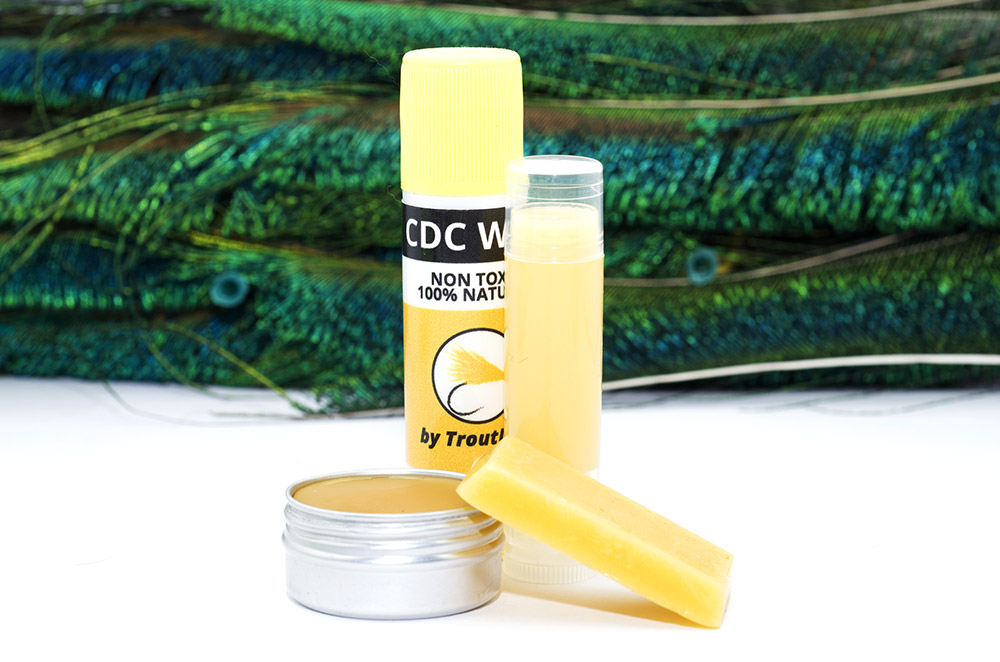

0 Comments